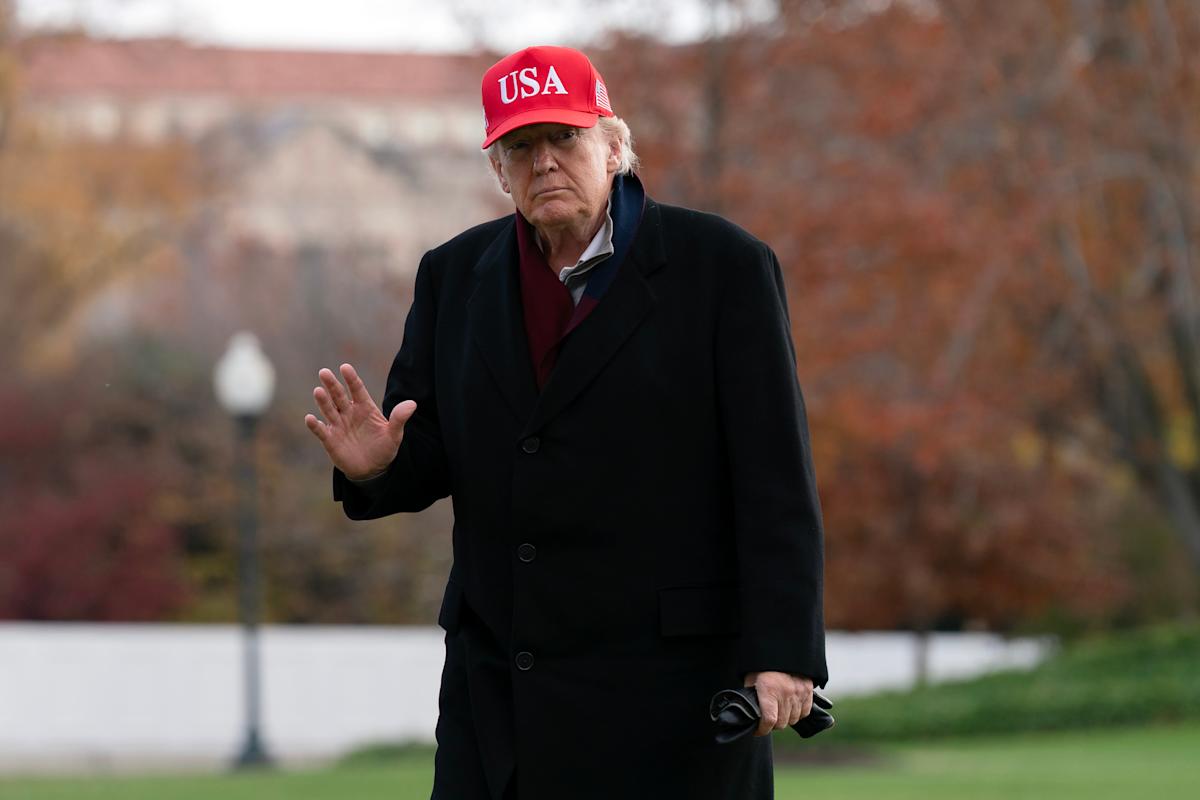The White House is quietly preparing a backup plan for President Trump’s tariffs, as the US Supreme Court decide whether he had the authority to issue them in the first place.
Bloomberg reports that the Commerce Department and the Office of the US Trade Representative have considered alternate plans in the event the court rules against the administration. The replacement plans, which may face their own legal challenges, are a sign the White House is getting ready behind the scenes for SCOTUS to rule against the tariffs, even as the president remains optimistic publicly.
The president invoked the International Emergency Economic Powers Act (IEEPA) to levy blanket tariffs on goods from other countries to try to bolster national security and the economy. But Congress is the branch of the US government with oversight of taxation and spending, not the president.
It’s not clear when SCOTUS will make its ruling. But Counselor to the Treasury Secretary Joe Lavorgna told Yahoo Finance’s Jennifer Schonberger earlier this month that undoing the tariffs would cause “unnecessary economic pain and hardship,” damaging financial markets and confidence.
Meanwhile, President Trump further expanded tariff breaks on Brazilian goods, part of moves to lower costs on some everyday goods as consumers grapple with price struggles. The move came a week after he signed a similar order more broadly reducing tariffs on goods including beef, tomatoes, coffee, and bananas.
The push to reduce food prices comes after electoral wins for Democrats across a number of key state and local races where candidates stressed affordability concerns. Trump has also in recent weeks floated the possibility of a tariff “dividend” for many Americans in the form of a $2,000 check. Trump said he was eyeing the rebate checks “probably in the middle of next year, a little bit later than that,” though officials have said Congress would need to approve them.
Rebate checks could detract from Trump administration pledges to use much of revenue from tariffs toward reducing US deficits. The Congressional Budget Office revised its estimate of tariffs’ impact on that front, saying it would shrink deficits by $3 trillion by 2035 instead of the $4 trillion it had projected in August.
Trump recently acknowledged that US consumers are “paying something” for his tariffs.
Read more: What Trump’s tariffs mean for the economy and your wallet
The US and Switzerland have agreed to a deal to lower tariffs on Swiss imports to 15%, from a 39% level that had shocked the country over the summer. Switzerland will invest $200 billion in the US, the White House said.
The US and China reached a trade truce that will see China suspend additional export controls on rare earth metals and end investigations into US chip companies. As part of the deal, the US will pause some of Trump’s “reciprocal tariffs” on China for another year. (Read more: What are rare earth minerals, and why are they important?)
Trump said that “at some point,” he would reduce the tariff rate on Indian goods, and that the US was getting “close” to a trade deal with New Delhi.
LIVE 77 updates
